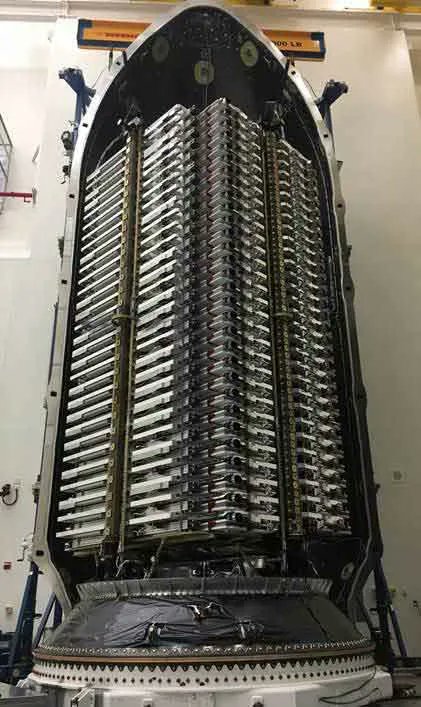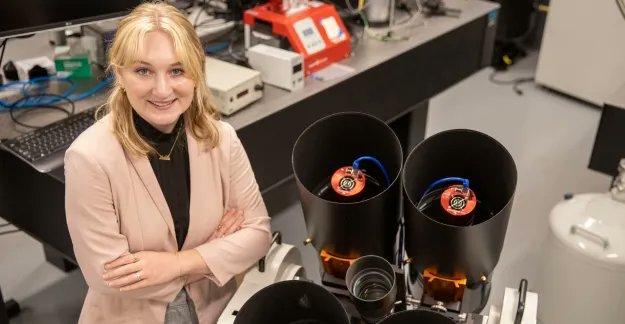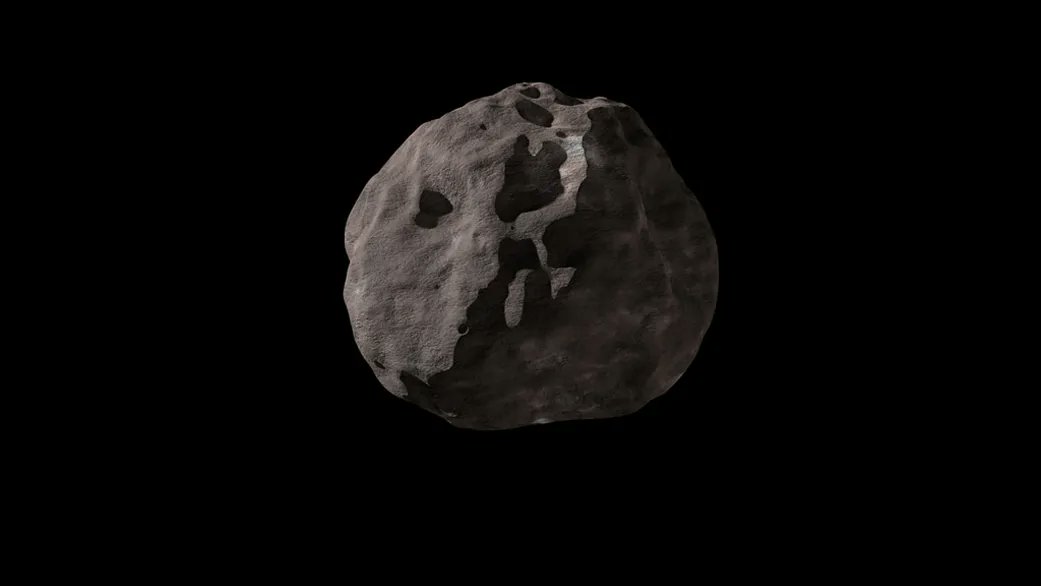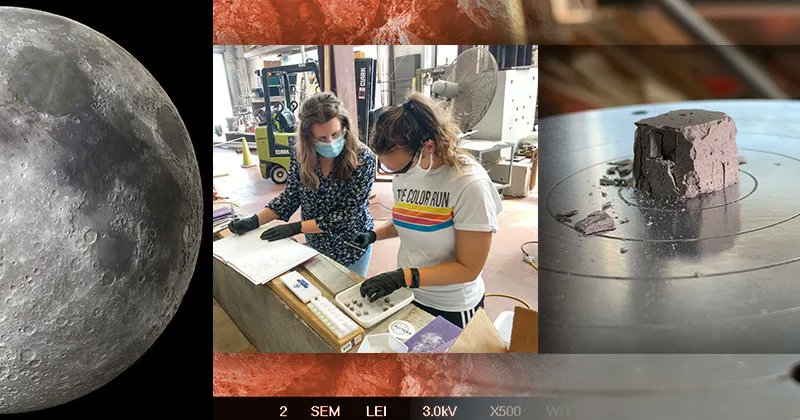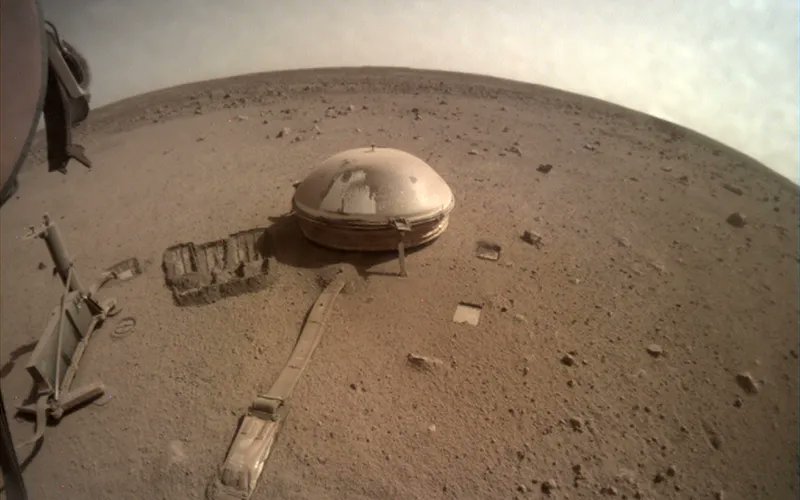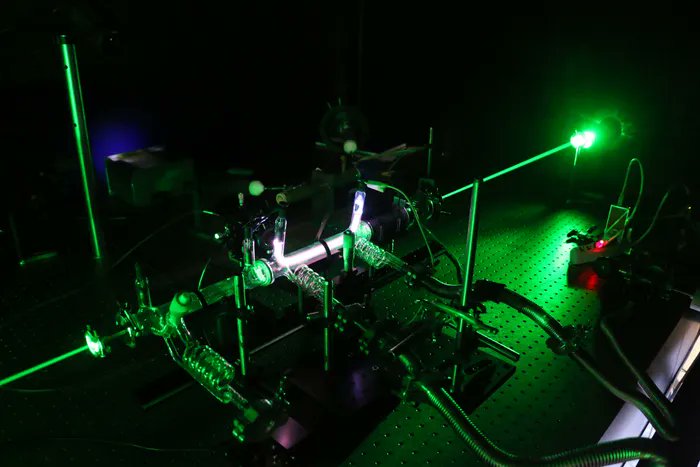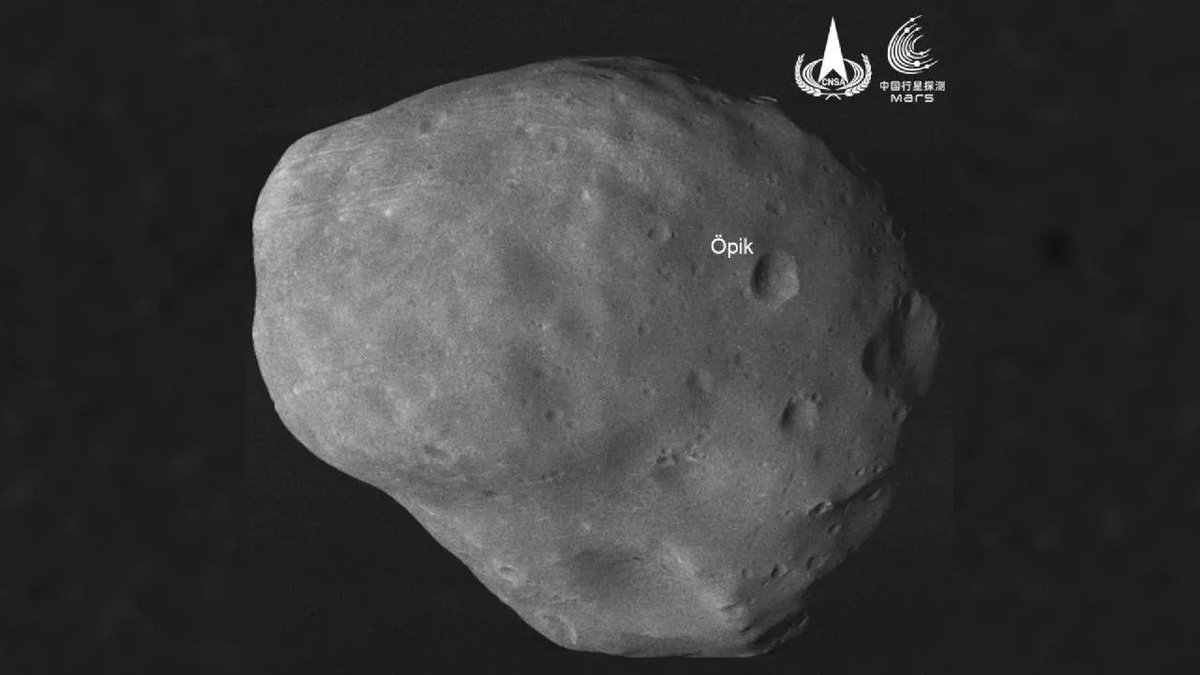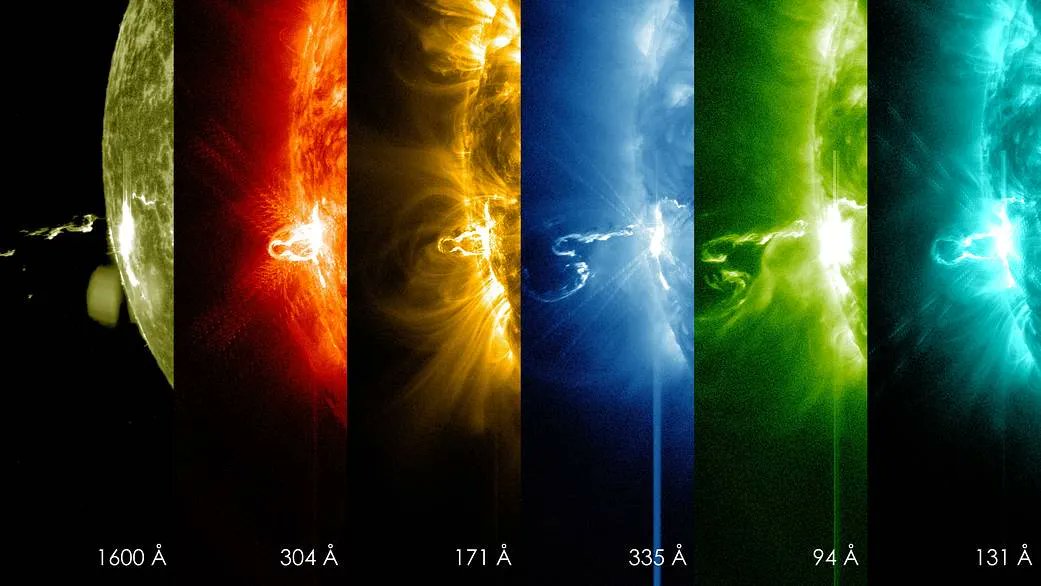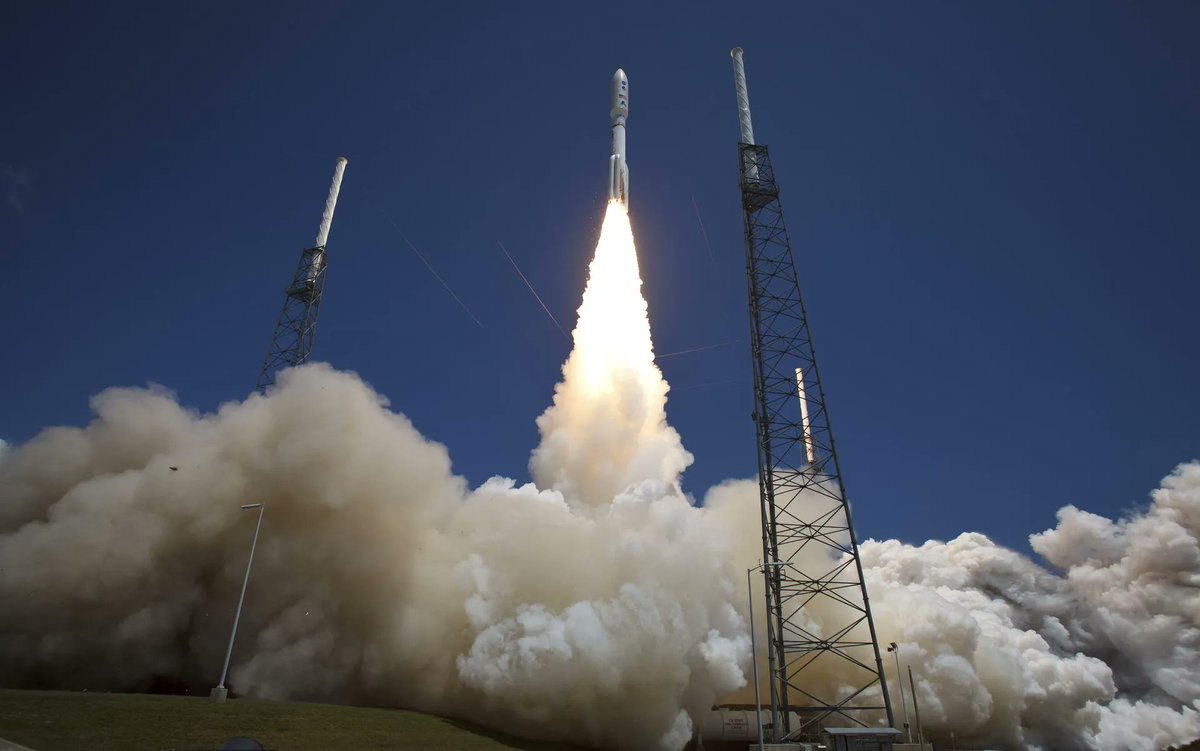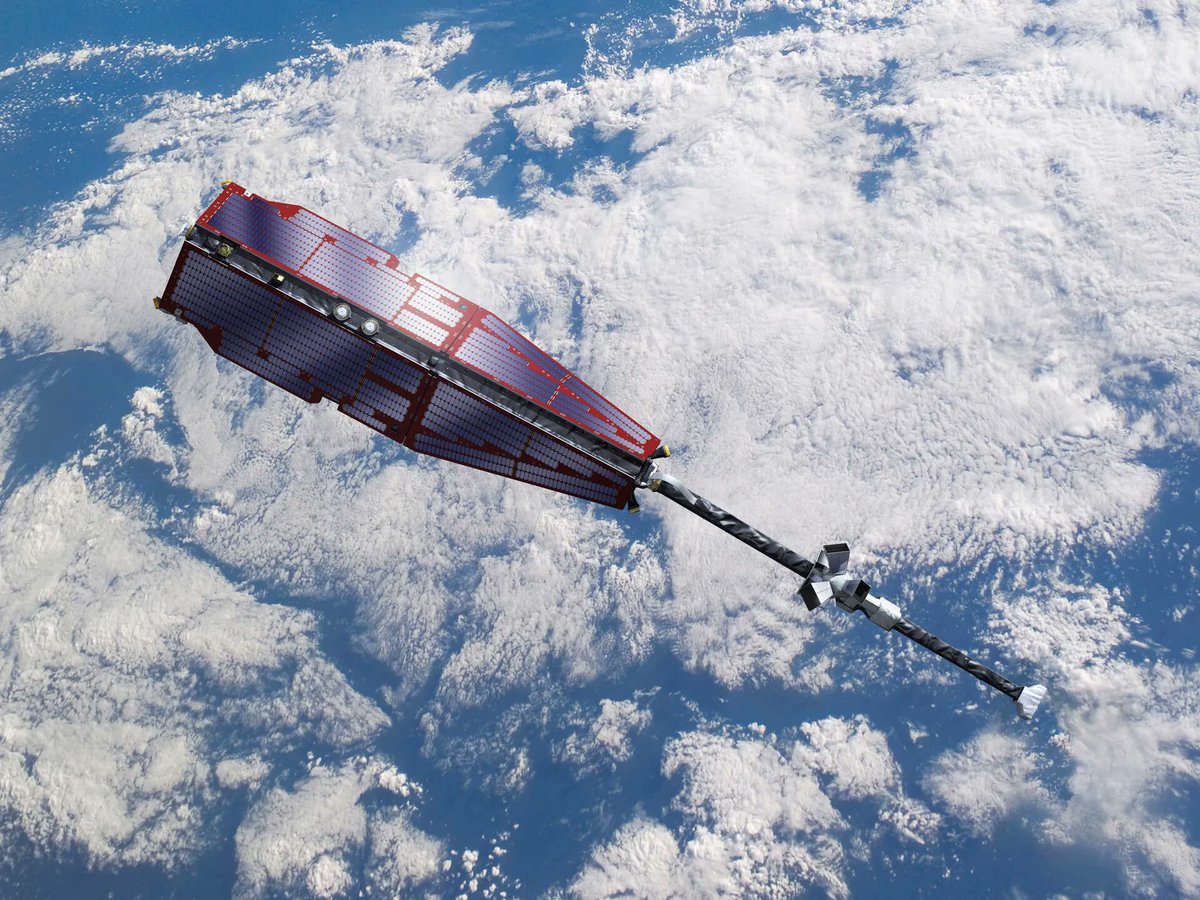The future of satellite communications is almost upon us. SpaceX has signed a deal with T-Mobile to provide the carrier’s customers with text services from its Starlink satellites anywhere in the US starting next year.
Continue reading “You’ll Soon be Able to Access Starlink Directly With Your Cellphone, From Anywhere in the US, and Eventually the World”With Better Communication, Astronomers and Satellites can co-Exist
SpaceX’s Starlink satellite system has been in the news lately for both good and ill. The “Mega-constellation” of around 2,800 satellites added another 53 satellites to its roster just last week. But while it might one day provide high-speed internet for the whole of humanity, it is already causing a massive headache for one particular slice of humanity – astronomers. Starlink satellites are reflective due to the solar panels they need to power themselves.
Continue reading “With Better Communication, Astronomers and Satellites can co-Exist”Another of the Lucy Mission’s Asteroids has a Moon
There is still so much we don’t know about the asteroids. Various missions have already been sent to some near Earth and in the asteroid belt, but there are just so many that it is hard to keep track of them all. Lucy, NASA’s mission to the Trojan asteroids, is supposed to help with that, but even it doesn’t know what it is getting into. Apparently, there are even more things to explore than the mission designers initially thought when it launched. Rather than visiting seven asteroids as originally envisioned, the discovery of another asteroid in orbit around Polymede means the mission will be visiting nine asteroids in total.
Continue reading “Another of the Lucy Mission’s Asteroids has a Moon”Mars and Moon Dust can be Turned Into Geopolymer Cement. Good Enough for Landing Pads and Other Structures
Materials science has long taken the lead in space exploration research, and it seems to have been getting even more attention than usual lately. That is especially true for building materials. NASA has funded several new research programs to develop new building materials that can do everything from providing structure to future human habs to landing pads for future reusable rocket missions. Now that second goal is one step closer, thanks to researchers at the University of Delaware.
Continue reading “Mars and Moon Dust can be Turned Into Geopolymer Cement. Good Enough for Landing Pads and Other Structures”Mars InSight Doesn’t Find any Water ice Within 300 Meters Under its Feet
Space science doesn’t always go as planned. Sometimes when scientists think they’ve made a remarkable discovery that will make human expansion into the cosmos easier, they are just flat-out wrong. But the beauty of science is that it corrects itself in the presence of new data. The people responsible for planning future Mars missions will have to make just such a correction as new data has come in on the availability of water on the red planet. There’s not as much of it as initially thought. At least not around the equator where InSight landed.
Continue reading “Mars InSight Doesn’t Find any Water ice Within 300 Meters Under its Feet”A new way to Make Oxygen on Mars: Using Plasma
There’s more than one way to produce oxygen on Mars. Or at least there is now. After the success of the MOXIE experiment that rode along with Perseverance to the red planet in 2021, another idea to produce one of the most useful gases in the universe has been experimentally proven by an international team of researchers. And they could potentially do it on Mars itself.
Continue reading “A new way to Make Oxygen on Mars: Using Plasma”New Pics of Phobos From China’s Tianwen-1 Orbiter
Two fundamental factors affect all astrophotography – timing and location. If a camera happens to be at the right place at the right time, it can capture images that have never been seen before. And with the proliferation of cameras throughout the solar system, more and more novel photos will be captured at an ever-increasing frequency. China’s Tianwen-1 probe added to that novel collection to celebrate its second anniversary by taking a shot of Mars’ moon Phobos.
Continue reading “New Pics of Phobos From China’s Tianwen-1 Orbiter”Not Just a Planet Hunter. TESS Found Over 25,000 Flaring Stars
One of the beauties of modern-day space telescopes is that the data they produce, which is eventually wholly released to the public, contains useful information about much more than their primary mission objective. Other astronomers can then sift through the data using their own ideas, and in many cases, their own algorithms. Recently, a team from Poland turned a flare-searching algorithm on TESS’s planet-hunting data, and found an astonishing 25,229 stars with solar flares in the data set.
Continue reading “Not Just a Planet Hunter. TESS Found Over 25,000 Flaring Stars”Falling Space Junk has a 10% Chance of Killing Someone in the Next Decade
The statistics of how people die offer a gruesome but informative way to understand both how humans perceive threats and how they react to fear. For example, you are more likely to be crushed by a falling vending machine (~13 people killed per year) than be eaten by a shark (~10 per year). However, there is one currently statistically unlikely cause of death that has a real risk of increasing dramatically in likelihood over the coming decades – falling space debris. According to a new study, there’s a 6-10% chance that someone will die from debris falling from space over the next ten years.
Continue reading “Falling Space Junk has a 10% Chance of Killing Someone in the Next Decade”A Satellite had to Dodge Space Junk as it was Raising its Orbit to Avoid Solar Activity
The phrase “when it rains, it pours” is commonly used in the US to denote that bad things usually happen simultaneously. And it doesn’t only have to apply to things that happen where it can physically rain. Recently an ESA satellite had a series of bad things happen that could potentially have happened to it, but quick action from the team responsible for the satellite avoided two what could have been catastrophic events.
Continue reading “A Satellite had to Dodge Space Junk as it was Raising its Orbit to Avoid Solar Activity”
